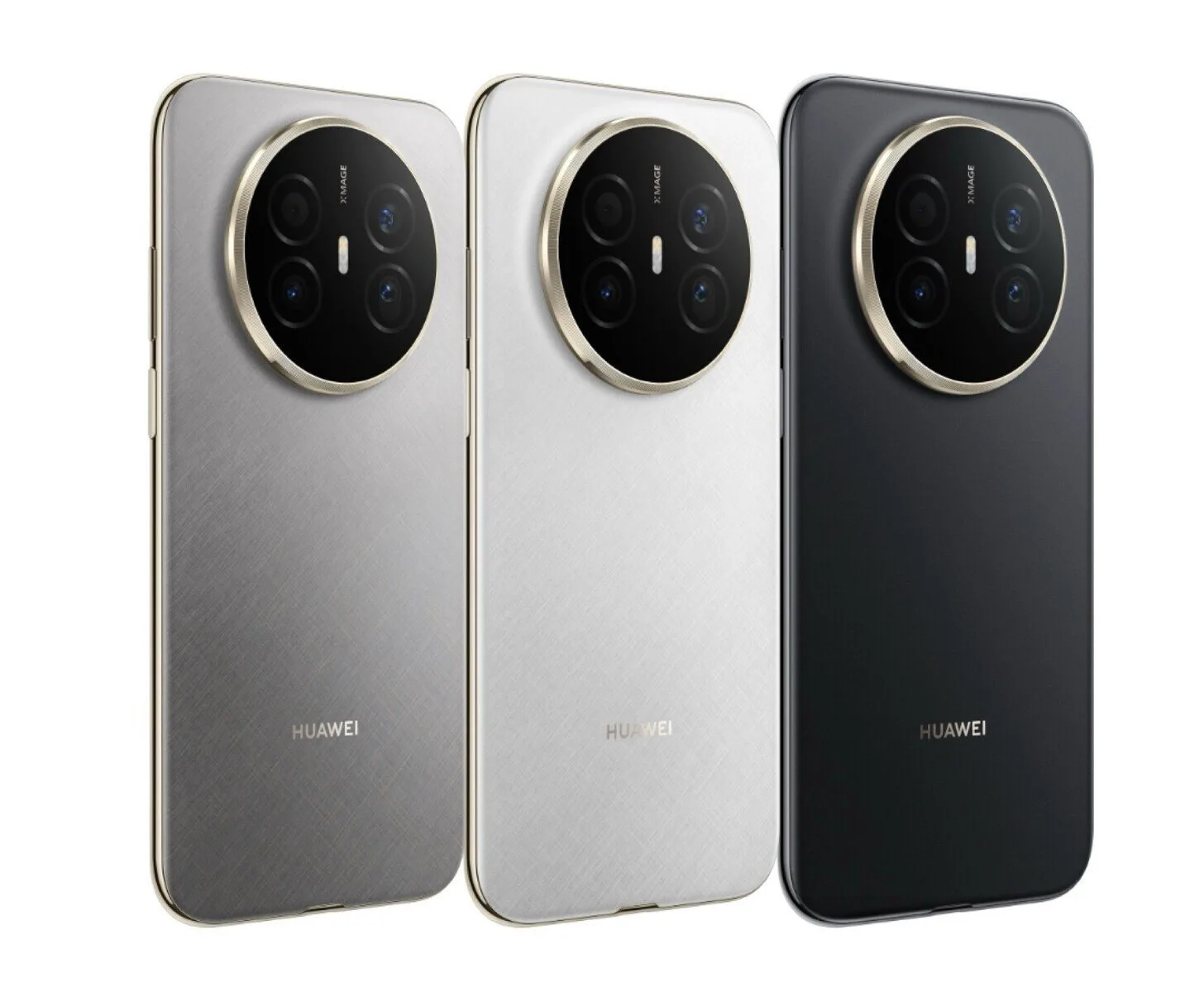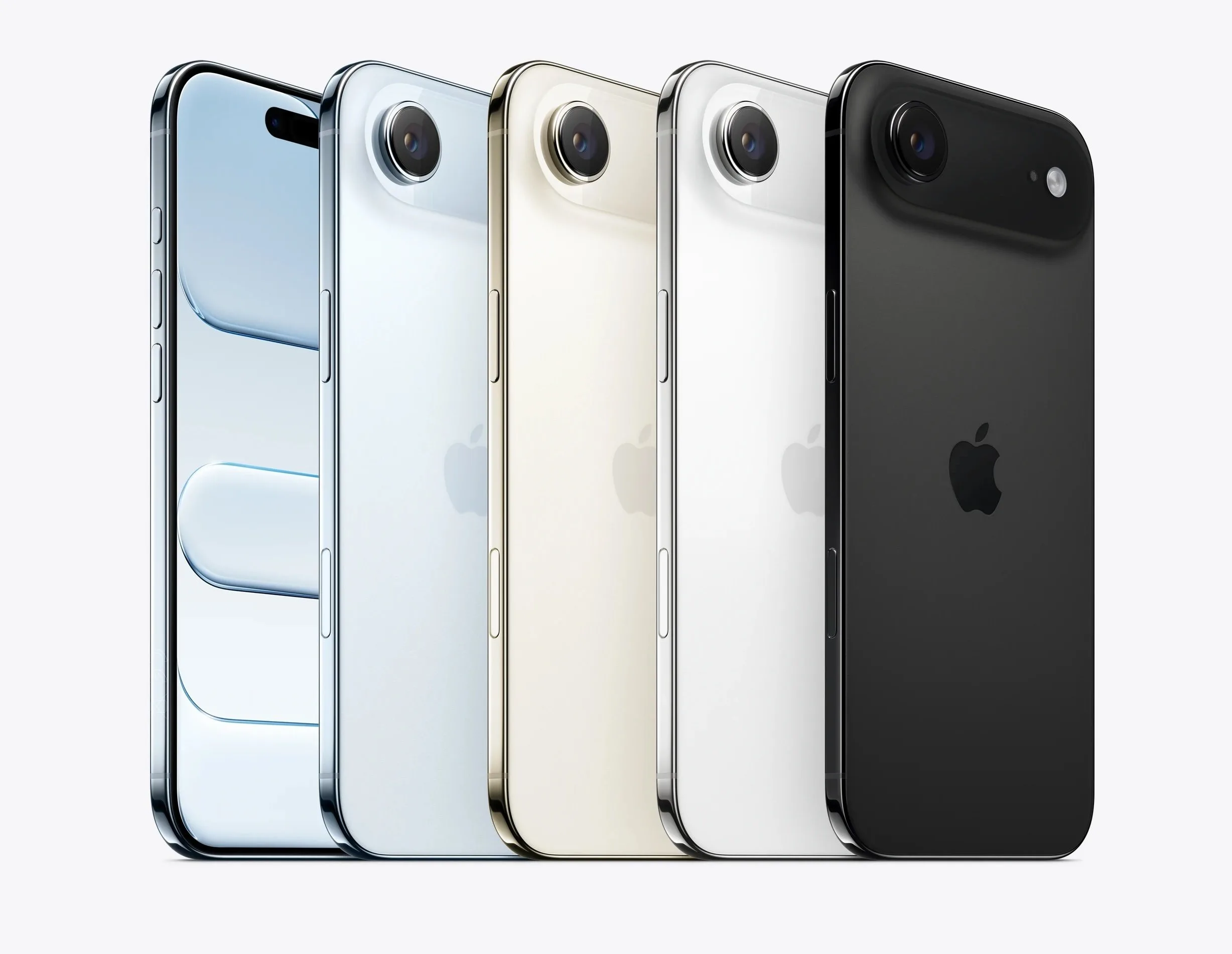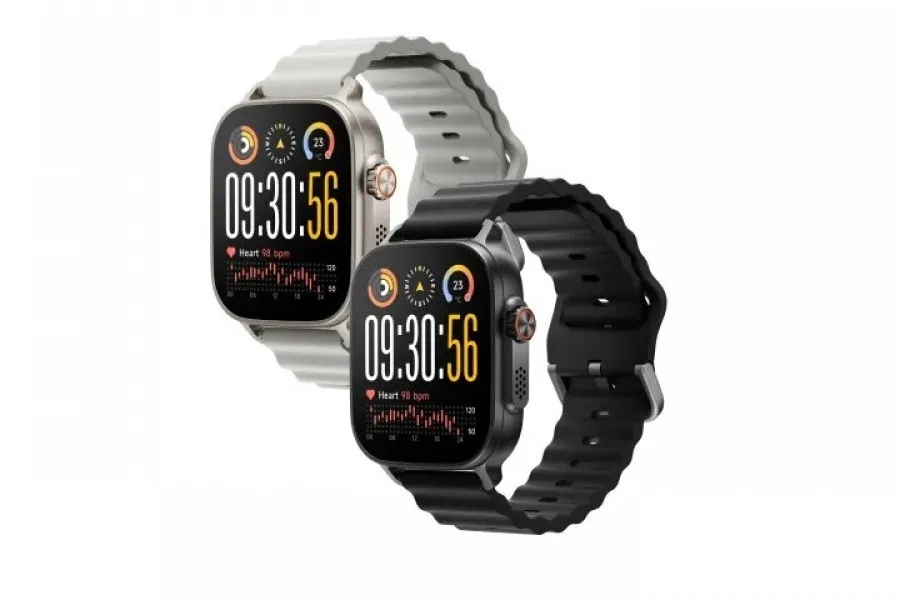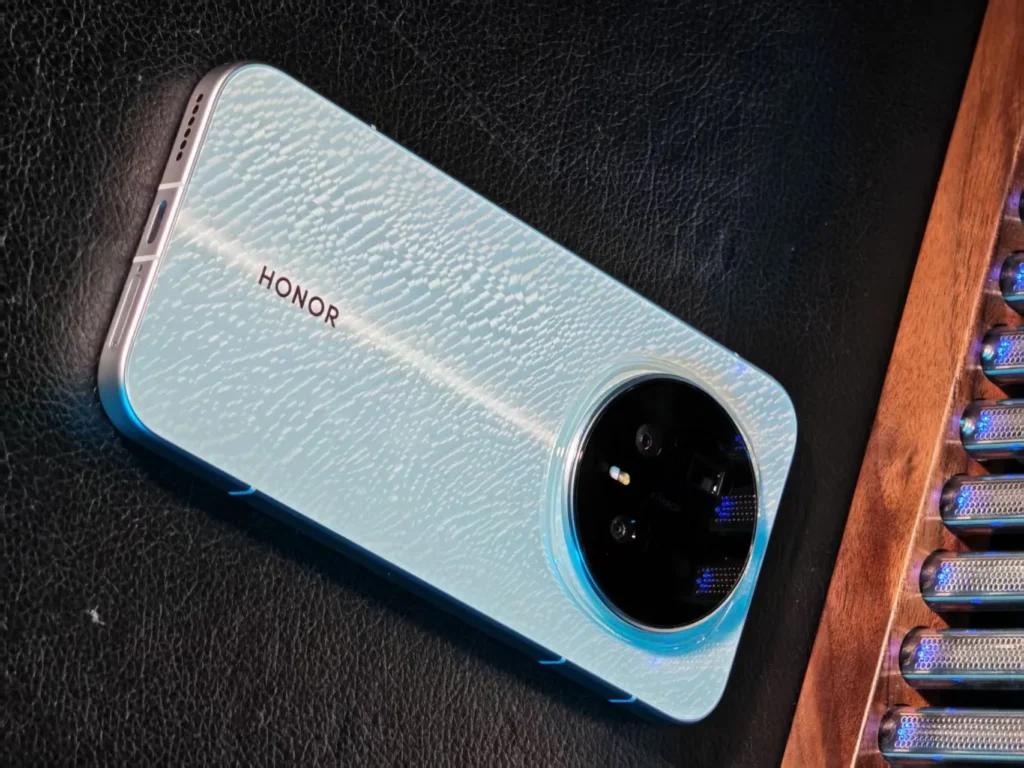Huawei Mate 70 Air vs iPhone Air vs Galaxy S25 Edge: Three Very Different Visions of the Ultrathin
2025 clearly marks a return to the race for slimness in the smartphone world. After several years dominated by massive batteries and protruding camera modules, manufacturers are re-embracing extreme thinness — but not necessarily with the same philosophy.
Among the devices standing out, the Huawei Mate 70 Air is undoubtedly the most intriguing, as Huawei has not sacrificed the essentials for the sake of design.
While Apple and Samsung make certain concessions to achieve the thinnest possible profile, Huawei appears to have found a balance.
A Slim Design Without Sacrificing Comfort
The Mate 70 Air is clearly the largest and most substantial of the three. At 165 mm tall, its giant screen almost gives the impression of a mini-tablet, even though its weight remains reasonable. In contrast, the iPhone Air opts for absolute thinness: a mere 5.6 mm thick, a true technological manifesto. Samsung positions itself between the two, with the Galaxy S25 Edge being almost as thin as the iPhone but slightly wider.

In terms of durability, Huawei goes further than its competitors. The device is certified IP68 as well as IP69, meaning it can withstand high-pressure water jets — a rare detail in an ultra-thin smartphone. Apple remains solid with its IP68 rating for “up to 6 meters”, while Samsung sticks to a more conventional level of waterproofing.
Three Very Different Screens, Each with Its Own Priorities
Huawei surprises with a 7-inch display, a format that almost resembles the phablets of yesteryear, but with modern thinness and lightness. The display is bright, LTPO, 120 Hz, and protected by Kunlun Glass.
Apple remains true to its philosophy: a perfectly calibrated display, very bright, compact, and readable in all situations. Samsung emphasizes display finesse with the highest resolution in the group and a well-controlled 6.7-inch screen.

At this point, three distinct approaches emerge: Huawei focuses on surface area, Apple on purity, and Samsung on precision.
Three Ecosystems, Three Experiences
The Mate 70 Air runs on HarmonyOS 5.1, an interface that feels familiar in use, yet remains very different from what Apple and Google offer. Huawei’s ecosystem functions well… but app compatibility still varies by country.
The iPhone Air delivers exactly what is expected: perfect integration into the Apple universe, a smooth interface, and guaranteed years of updates.
Samsung adopts a different strategy: a comprehensive Android experience under One UI 7, enriched with seven years of major updates, placing it on par with Apple regarding longevity.
If you’re already invested in an ecosystem, none of the three devices compels a change. Each stays true to its path.
Highly Varied Performance
This is arguably where Huawei most clearly defines its positioning: the Mate 70 Air relies on the Kirin 9020, an efficient chip but far behind the Apple A19 Pro/Snapdragon 8 Elite duo found in Apple and Samsung devices.
For multitasking or everyday use, Huawei performs perfectly well. However, for gaming, video processing, or sheer power, Apple and Samsung reign supreme.
Photography: Where Huawei Takes the Lead

In terms of photography, Huawei significantly outperforms its direct competitors. The Mate 70 Air features three modules, including a 3x optical zoom telephoto lens — a rare luxury in such a thin smartphone. The iPhone Air opts for minimalism with just one sensor, relying heavily on software processing. Meanwhile, Samsung emphasizes a massive 200-megapixel main sensor but lacks a telephoto lens.
Huawei thus stands out as the most versatile and “flagship” in spirit. Apple’s approach is consistent but limited, while Samsung prioritizes definition and video capabilities, boasting 8K recording.
Selfies, Batteries, and Extras
For selfies, Apple offers the most advanced module with its 18-megapixel camera paired with 3D sensors, essential for Face ID and quite useful for portraits. Huawei and Samsung provide good options, but they are less sophisticated.
When it comes to battery, the match is almost over before it starts: Huawei trumps the competition with a 6500 mAh battery, while Apple and Samsung range between 3100 and 3900 mAh. Even with superb optimization, the gap remains significant.

Finally, each device adds its unique touch: Huawei includes a stylus, Samsung offers DeX mode, and Apple showcases global satellite SOS capability.
Verdict: Three Visions of the Ultra-Thin Smartphone
The Mate 70 Air, iPhone Air, and Galaxy S25 Edge occupy the same price range but are pursuing entirely different products.
Huawei presents the most comprehensive device: a large screen, monstrous battery life, triple-camera setup, and a slim design that doesn’t compromise.
The iPhone Air boldly represents a “concept” product, ultra-thin, elegant, consistent, but undeniably focused on the Apple experience above all.
Samsung delivers the most versatile phone for Android users, balancing thinness, power, display quality, and software longevity.
In summary:
- If you want a thin, long-lasting, and versatile smartphone, go for Huawei.
- If you desire the thinnest option and an uncompromising Apple experience, choose the iPhone Air.
- If you prefer a powerful, sustainable, and well-balanced Android option, Samsung is your best bet.




